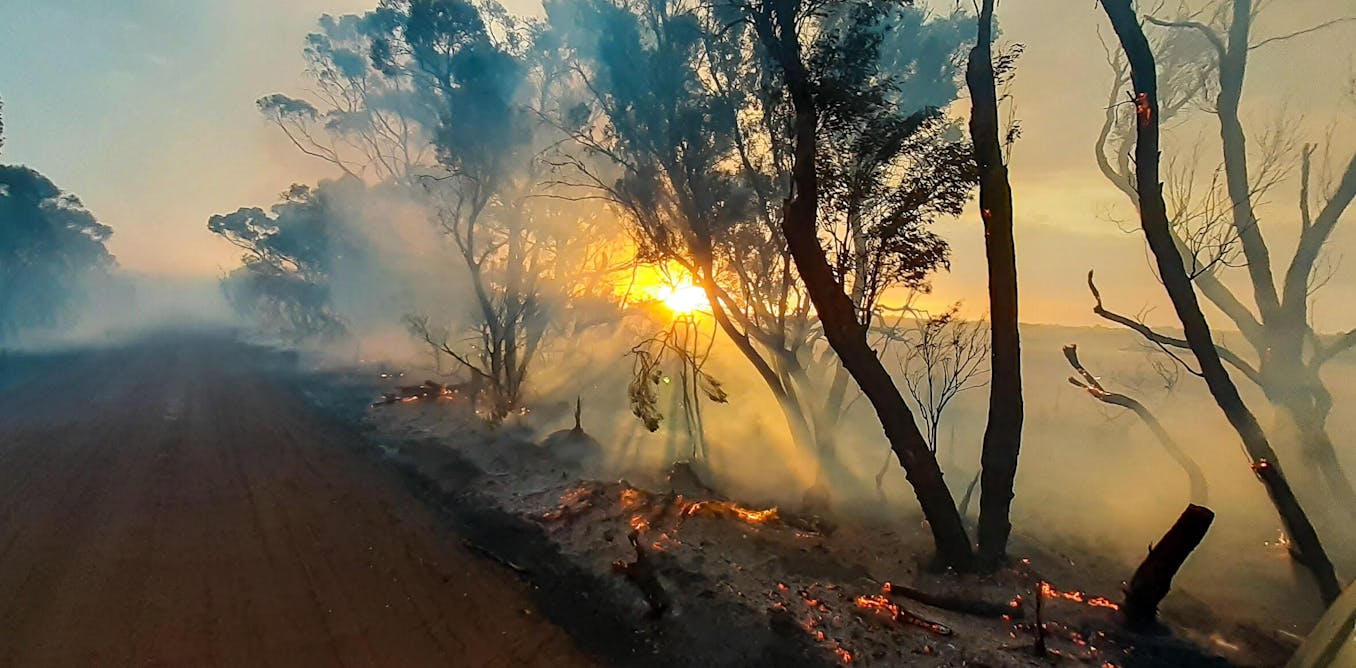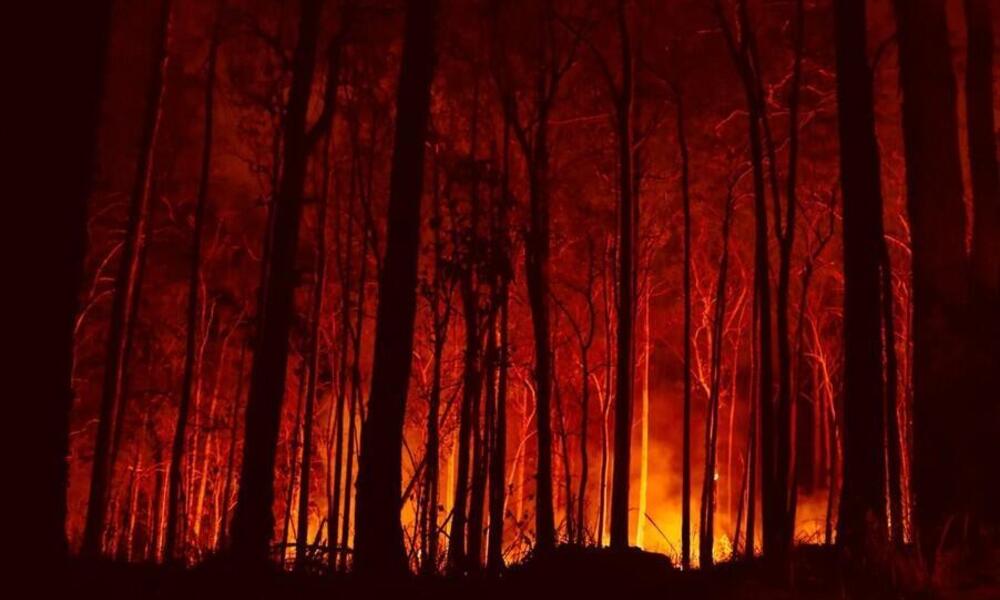BAL Report Basics: Necessary Info for Homeowner
BAL Report Basics: Necessary Info for Homeowner
Blog Article
Navigating Bush Fire Defense Regulations With BAL Report
In the world of building advancement and homeownership, navigating bush fire defense laws is critical for ensuring the safety and compliance of structures in risky areas. Central to this undertaking is the Bushfire Strike Level (BAL) report, a crucial record that evaluates the prospective exposure of a home to bushfire. Recognizing exactly how to translate and use the information contained within a BAL record can substantially influence the design, building and construction, and maintenance of buildings. By delving right into the intricacies of BAL assessments and their effects for constructing compliance, stakeholders can proactively take care of bush fire threats and protect properties against prospective dangers.
Understanding Shrub Fire Protection Rules
To properly navigate the complexities of bush fire protection guidelines, it is necessary to have a clear understanding of the governing standards and needs in area. Bush fire security laws are critical for securing buildings and lives in areas vulnerable to bushfires. These policies develop the standards and protocols that building owners need to follow in order to alleviate the risks connected with bushfires.

Value of BAL Analyses
Understanding the value of BAL assessments is critical in ensuring conformity with bush fire security policies and efficiently minimizing the threats connected with bushfires. BAL assessments, which figure out the Bushfire Attack Level of a building, are critical for designing proper bush fire defense measures tailored to the particular danger account of the website. By evaluating factors such as plant life kind, distance to prospective fire dangers, and incline of the land, BAL assessments give beneficial understandings into the degree of risk a home deals with during a bushfire event.

Implications for Building Conformity
Navigating through structure compliance demands according to BAL analyses is vital for guaranteeing structures are sufficiently fortified against the dangers postured by bushfires. Structure conformity describes sticking to the policies and standards stated to boost the security and resilience of structures in bushfire-prone locations. The ramifications of structure conformity in connection with BAL evaluations are significant. Frameworks that fail to satisfy the essential compliance requirements are at a higher danger of receiving damages or damage during a bushfire event. This not just jeopardizes the occupants however likewise presents a risk to the surrounding setting.
Making sure building conformity includes cautious preparation, building and construction, and upkeep to alleviate the prospective impact of bushfires - BAL Report. It calls for a thorough understanding of the BAL ranking assigned to the residential property and executing the ideal actions to enhance its fire defense abilities. Non-compliance with structure regulations can lead to legal effects, insurance policy difficulties, and most importantly, endanger lives. For that reason, taking building conformity seriously and including BAL evaluation outcomes into building and construction practices is vital for protecting properties in bushfire-prone areas.
Taking Care Of Bush Fire Dangers Successfully
Provided the crucial relevance of structure conformity in fortifying structures against bushfire threats, effectively taking care of these threats needs a detailed method that prioritizes aggressive reduction approaches. To start, carrying out extensive risk assessments is extremely important. Understanding the particular susceptabilities of a property in connection to bushfires permits tailored risk mitigation strategies. This entails analyzing variables such as the residential property's location, surrounding vegetation, topography, and prevailing climate conditions. Implementing appropriate vegetation monitoring approaches is another essential element of efficient risk monitoring. Cleaning combustible plant life, creating defensible spaces, and ensuring proper maintenance can considerably reduce the risk of fire infecting the residential or commercial property. Moreover, buying fireproof building products and construction strategies can improve the framework's ability to hold up against cinder strikes and direct fire call. Furthermore, creating and practicing an emergency reaction strategy is crucial for guaranteeing that homeowners understand how to respond promptly and safely in case of a bushfire. By incorporating these positive actions, property proprietors can successfully handle bushfire threats and raise the security of their occupants and frameworks.
Practical Tips for Homeowners and Developers
Efficiently taking care of bushfire threats as a property owner or programmer requires implementing functional reduction strategies tailored to the building's specific vulnerabilities and surroundings. One important pointer is to keep a well-maintained defensible area around structures, normally a minimum of 30 meters in risky areas. This space must be clear of flammable plant life, particles, and other combustible materials that could possibly fuel a fire. Furthermore, picking fire-resistant structure materials can significantly improve the home's ability to endure ash attacks and straight flame call. Ensuring that roofings, home windows, and walls are constructed or upgraded to satisfy appropriate bushfire protection standards is crucial.
Moreover, developing an emergency situation plan and practicing evacuation drills with household occupants, employees, or participants can save lives in case of view it a bushfire. Staying notified about local fire risk ratings, climate condition, and emergency situation alerts is additionally vital for making timely choices to protect life and building. Involving with regional fire authorities, area groups, and specialists experienced in bushfire monitoring can offer important guidance and assistance in establishing thorough bushfire defense strategies.
Conclusion
In conclusion, navigating bush fire security laws with a BAL report is crucial for making sure building conformity and managing bush fire dangers effectively. Comprehending the value of BAL assessments and complying with useful suggestions can aid property owners and designers reduce the effect of bush fires. By sticking to these policies and taking needed preventative measures, individuals can produce safer environments on their own and their areas.
Secret parts of bush fire defense regulations consist of the Bushfire Assault Degree (BAL) analysis, which figures out the degree of threat a residential property deals with from bushfires. BAL analyses, which establish the Bushfire Assault Continue Level of a residential property, are important for developing suitable bush fire security steps customized to the details risk profile of the website. By reviewing variables such as plant life kind, range to potential fire risks, and incline of the land, BAL analyses offer important understandings right into the level of danger a residential property faces during a bushfire occasion.

In verdict, navigating bush fire defense laws with a BAL report is essential for ensuring building compliance and handling bush fire risks effectively.
Report this page